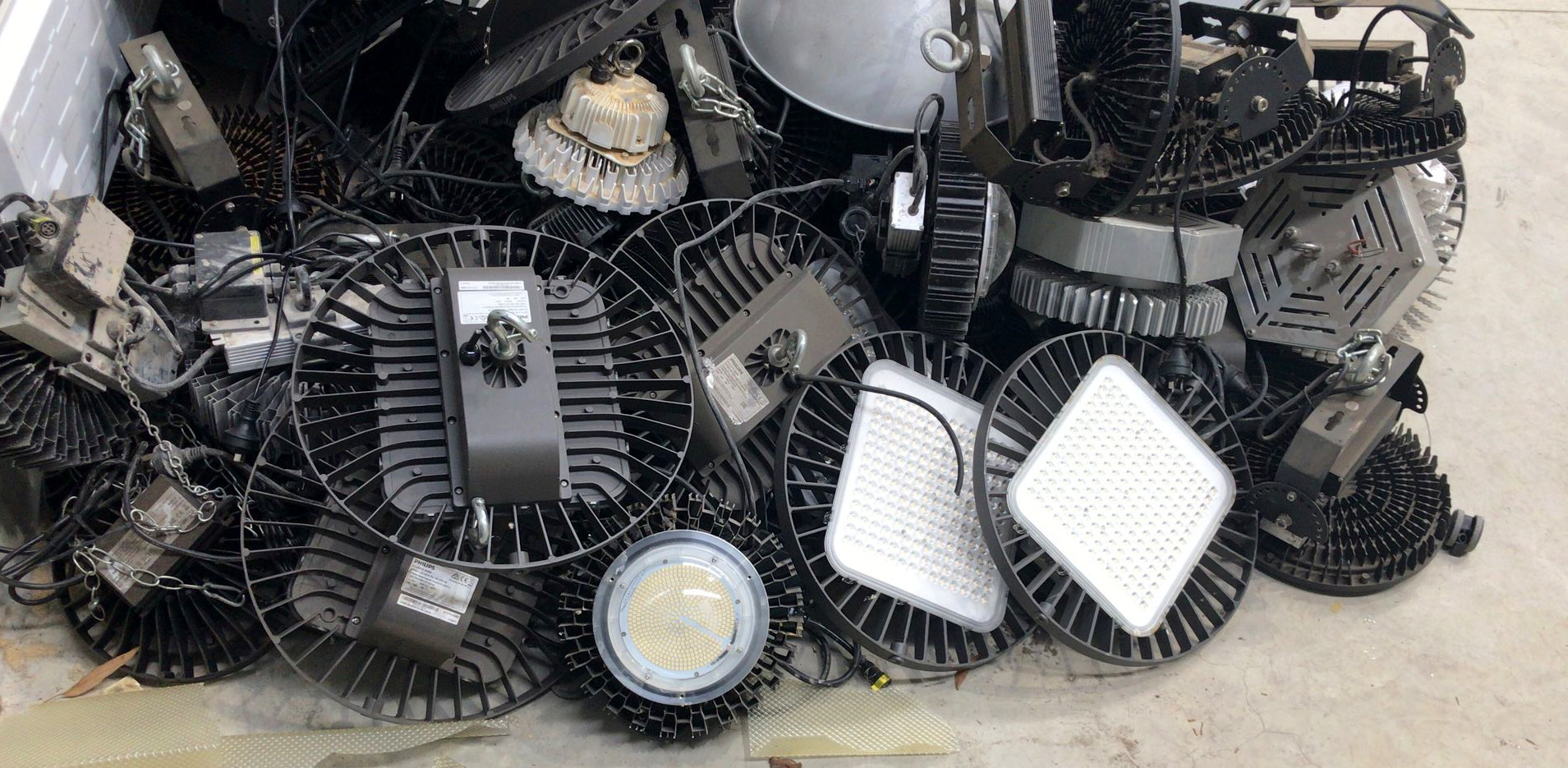If we want to see what is possible when it comes to fluorescent lamp recycling, the UK provides a good example. In 2008 23.2% of their light globes were recycled; last year it was nearly 40%.
In Australia, it’s harder to come up with reliable numbers regarding the portion of lamps that are recycled. And many of the available figures don’t differentiate between those that contain mercury and those that don’t. Our best estimate is that around 10% of lamps get recycled, so we have a long way to go.
The credit for the UK results seems to belong to a compliance scheme that was set up in 2005 by major lighting producers, including GE, Sylvania and Philips. There are now 120 producer members.
A big factor in the success of the UK program is that, due to the support from the manufacturers, it is free for both businesses and consumers to drop off their low-energy light globes for recycling. Similar free collection programs operate in Australia for some types of e-waste, and they achieve good recycling rates.
As yet there isn’t a comprehensive free program through which mercury-containing lighting can be returned for recycling in Australia. However, some local councils and some retailers will collect used lamps. See recyclingnearyou.com.au for details.






